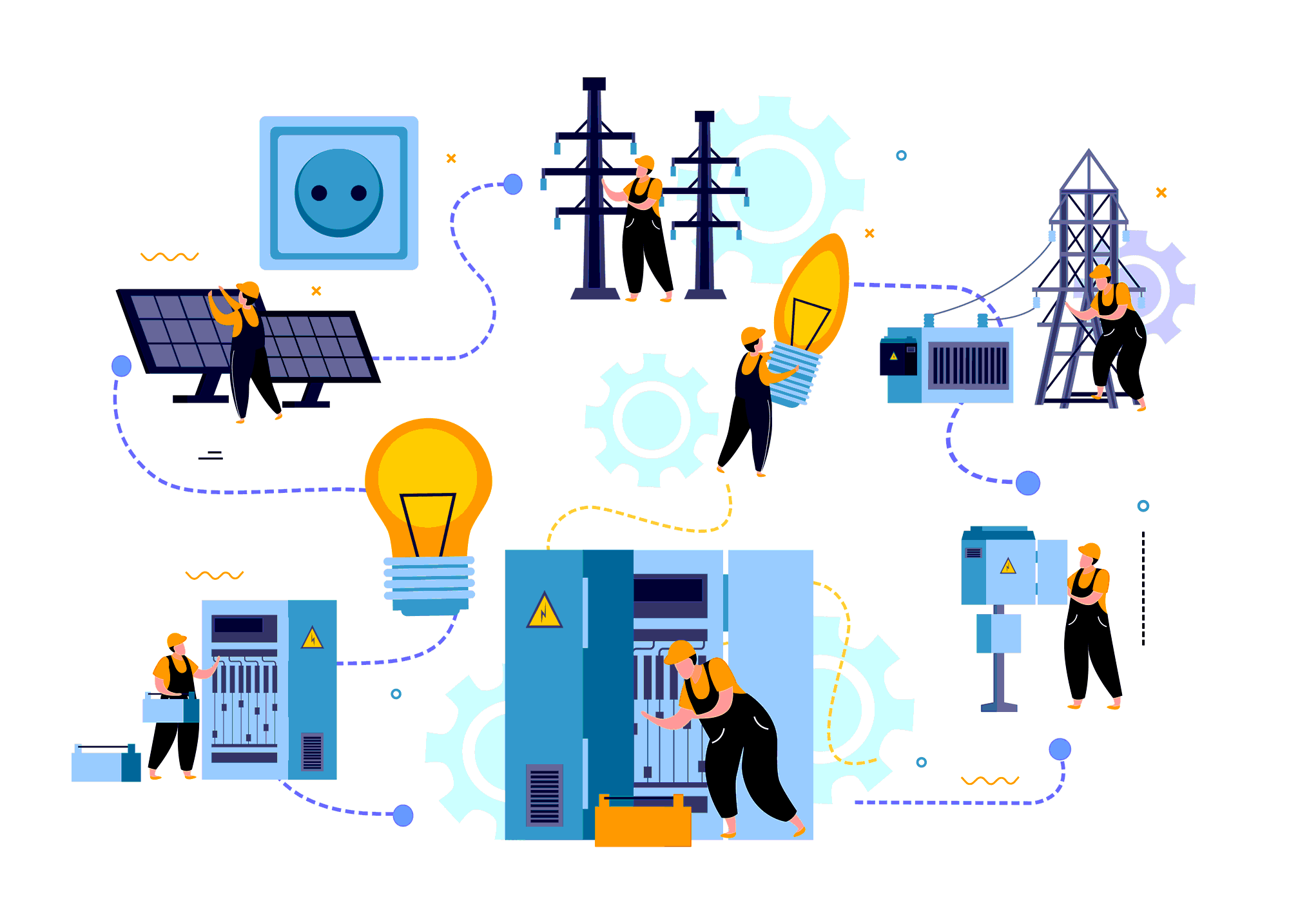
How Cities are Incorporating Solar Technologies in their Urban Infrastructure
Cities around the world are adopting solar technologies as a means to promote sustainable development and combat climate change. Solar power is a form of renewable energy that can be harnessed in urban areas to generate electricity and heat water. This article provides an overview of how cities are incorporating solar technologies into their infrastructure, the policies and regulations that promote solar energy adoption, and the benefits and challenges of urban solar energy initiatives.
Types of Solar Technologies Being Implemented in Urban Areas
There are several types of solar technologies being implemented in urban areas, including photovoltaic (PV) systems, solar water heaters, and concentrated solar power (CSP) plants. PV systems are the most common type of solar technology being used in urban areas, as they can be easily installed on rooftops and generate electricity. Before opting for this technology, it is crucial to consider the key questions before going solar to ensure that the investment aligns with specific energy needs and infrastructure capabilities. Solar water heaters are used to heat water in buildings, reducing the demand for electricity or gas. CSP plants use mirrors or lenses to concentrate sunlight onto a small area, generating electricity through a steam turbine.
Cities Implementing Solar Technologies
Several cities around the world have successfully incorporated solar technologies into their infrastructure. The city of Barcelona, Spain, has installed over 2,500 solar panels on public buildings, generating 10% of the city's electricity demand. The city of Los Angeles, USA, has set a goal to generate 100% of its electricity from renewable sources by 2035, with a focus on solar energy. In India, the city of Chandigarh has mandated the installation of solar water heaters in all new residential buildings, reducing the city's energy demand by 20%. The city of Perth, Australia, has implemented a program that provides incentives for households and businesses to install rooftop solar panels, resulting in a 25% increase in solar PV capacity in the city.
Policies and Regulations Promoting Solar Energy Adoption
Policies and regulations play a crucial role in promoting the adoption of solar energy in cities. Governments and municipalities can implement incentives such as tax credits or rebates to encourage households and businesses to install solar technologies. Feed-in tariffs, where energy providers pay a premium for electricity generated by solar PV systems, can also encourage investment in solar technologies. Additionally, building codes and zoning regulations can mandate the installation of solar panels on new buildings or require a minimum percentage of electricity to be generated from renewable sources.
Benefits of Incorporating Solar Energy into City Planning and Infrastructure
Incorporating solar energy into city planning and infrastructure offers several benefits, including:
1. Reduced greenhouse gas emissions: Solar energy is a clean and renewable source of energy that does not produce greenhouse gas emissions or other pollutants, reducing the carbon footprint of cities.
2. Lower energy costs: Solar energy can help reduce energy costs for households and businesses, as it generates electricity from a free and abundant source.
3. Increased energy independence: Solar energy can increase energy independence for cities, reducing their reliance on fossil fuels and the associated geopolitical risks.
4. Job creation: The installation and maintenance of solar technologies can create jobs in local communities, boosting the local economy.
Challenges and Barriers to Urban Solar Energy Initiatives
Despite the benefits of incorporating solar energy into city planning and infrastructure, there are several challenges and barriers that cities face when implementing solar technologies. These include:
1. High upfront costs: The installation of solar technologies can be expensive, making it difficult for households and businesses to afford the initial investment.
2. Limited space: Urban areas often have limited space for the installation of solar technologies, making it challenging to generate enough electricity to meet the city's demand.
3. Intermittency: Solar energy is an intermittent source of energy, as it depends on the availability of sunlight. This can make it challenging to integrate solar energy into the grid and ensure a stable energy supply.
4. Lack of Public Awareness: Another challenge that cities face in implementing solar technologies is the lack of public awareness and understanding of the benefits of solar energy. Many people are still unaware of how solar energy works and how it can help reduce their energy bills and carbon footprint. Therefore, it is essential to create public awareness campaigns to educate people about solar energy and its benefits.
5. High Costs: One of the major barriers to the widespread adoption of solar energy in cities is the high upfront costs of installing solar panels and other solar technologies. Although the costs of solar technology have decreased significantly over the years, it is still a significant investment for many cities, especially those with limited budgets. However, the long-term benefits of solar energy adoption, such as reduced energy costs and carbon emissions, often outweigh the initial costs.
Conclusion:
Solar energy adoption in urban areas is a vital step towards achieving sustainable development and reducing carbon emissions. Cities play a crucial role in promoting the use of solar energy by implementing policies and regulations that encourage its adoption. The examples discussed in this article demonstrate that cities worldwide are taking significant steps to incorporate solar technologies into their urban infrastructure.
However, cities still face various challenges and barriers in implementing solar technologies, such as high upfront costs, lack of public awareness, and regulatory barriers. Therefore, it is crucial for policymakers, city planners, and other stakeholders to work together to overcome these challenges and create a more sustainable and renewable energy future for urban areas.
Overall, the benefits of solar energy adoption in cities are significant and wide-ranging, from reducing carbon emissions to promoting sustainable development and improving energy security. By embracing solar energy, cities can create a cleaner, healthier, and more sustainable environment for their residents while also contributing to the global effort to combat climate change.
Electrical Engineering


